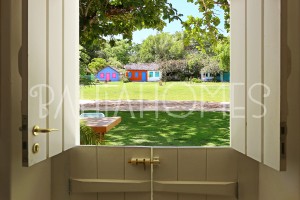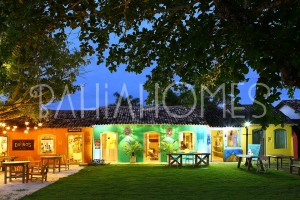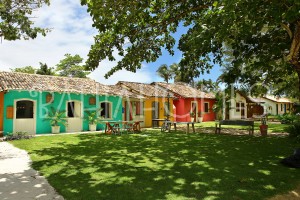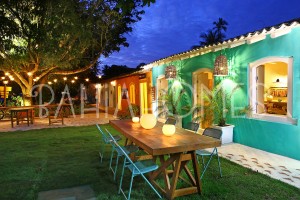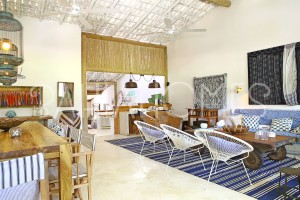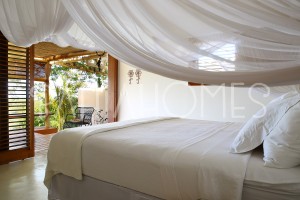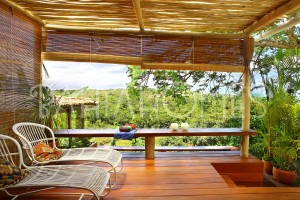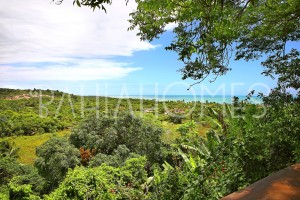As we have said before, the houses of the Quadrado preserve an important part of Trancoso’s history. Being one of the oldest villages in Brazil, Trancoso was founded in 1583 by the first Jesuits who arrived in the country.
Nowadays, one of the most eye-catching houses in the village is the Casa do Padre (The Priest House, in English). With its colourful façade, charming entrance and views overlooking the Igrejinha do Quadrado, there is not one single person who walks past it without getting attracted to its charm. However, what many people don’t know is that besides its beauty, this is also one of the most historical buildings in Trancoso.
The Casa do Padre and many other houses in the Quadrado are available for renting. This is a great option for those who want to enjoy the best of Trancoso’s city centre and still being nearby the most beautiful beaches in the area. Check out here our full list of properties to rent there.
The Casa do Padre: How it all started
The history of this house is almost as old as that of Trancoso itself. It dates back to the time of the Jesuits, which used the house to host the missionaries. When the Jesuits left, a family took over the place, and would occasionally lent it to priests who visited the region.
Over time, the Casa do Padre has gone through so many changes and tenants that it is difficult to recall its story accurately. Even some of the gypsies and hippies who arrived in Trancoso during the 1970s, enjoyed some time in there.
The Party House
Among so many residents of the Casa do Padre, the most notorious ones were certainly Dona Delfina and João Vieira. The couple lived in the house during the 1950s and they used to throw some of the best parties Trancoso has ever seen.
That was a time during which every circumstance, saint or event, was a reason to celebrate and Dona Delfina and João Vieira spared no efforts in organizing the best festivities. These were so well-known parties that even people from the neighbouring villages would come. At that time, there were no roads nor electricity, and people would fight the dense Atlantic Forest for hours on foot in order to attend the celebration at Casa do Padre.
Dona Delfina was in charge of going from door to door, inviting the families and promising to take care of the unaccompanied girls. It was she too, who would go back and forth the beach to collect sand to cover the house’s earthen floor. That way, there would be no dust rising from the floor while people were dancing.
Meanwhile, João was responsible for getting the drinks – cachaça and jurubeba for the boys, and genipapo liqueur for the girls. Last, but not least, it was the music! The band was made by João Vieira in the cuíca, Zé Enedinho on the guitar, João Taru and Antenor in the cavaquinho and Licínio in tambourine.
Everyone would put on their best clothes to join the party. The girls would dress a typical colourful dress with tight waist, rouge or urucum on their face; while the men would shave and brush even the last hair on their head. The music would go on until the sun started rising behind the Igrejinha do Quadrado. That was the sign to stop the party and to go home. But that’s alright, next weekend it will start all over again.
The Casa do Padre now
Nowadays the Casa do Padre is one of the most coveted in the Quadrado. Besides its charming façade, the property also has a sophisticated décor made by Jacaré do Brasil.
The house has 4 suites and a balcony with spectacular views of the sea and the forest.
For further information about renting the Casa do Padre, please see here.
